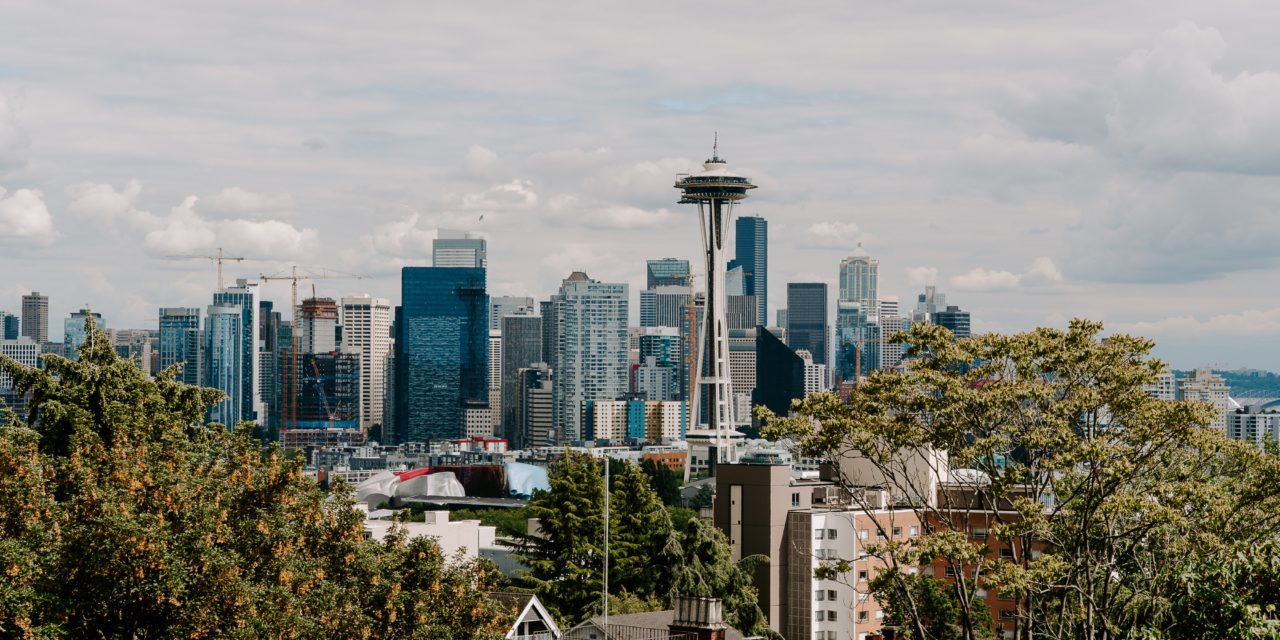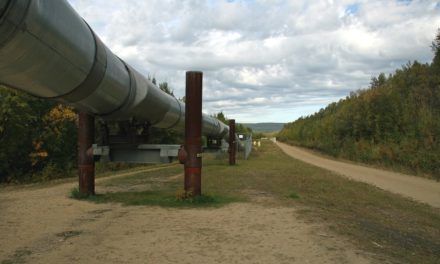![By Fibonacci Blue from Minnesota, USA [CC BY 2.0 (http://creativecommons.org/licenses/by/2.0)], via Wikimedia Commons](https://www.greenfieldadvisors.com/wp-content/uploads/2016/08/Fast_food_workers_on_strike_for_higher_minimum_wage_and_better_benefits_2-300x300.jpg)
Protests like this one in Minnesota spread across the country in recent years pushing for a higher minimum wage. By Fibonacci Blue from Minnesota. CC BY 2.0, via Wikimedia Commons
The University of Washington’s Seattle Minimum Wage Study Team recently completed a report on the effects of the minimum wage hike. The “Report on the Impact of Seattle’s Minimum Wage Ordinance on Wages, Workers, Jobs, and Establishments Through 2015” looked at two questions:
“1) How has Seattle’s labor market performed since the City passed the Minimum Wage Ordinance, and particularly since the first wage increase phased in on April 1, 2015?
2) What are the short-run effects of the Minimum Wage Ordinance on Seattle’s labor market?”
The minimum wage is currently at $13 for most businesses, with increases coming incrementally. The study just examined 2015, when the minimum wage was $11.
Some of the more negative predictions were that businesses would have to eliminate jobs to cover the higher pay, hours would be trimmed back for employees, and businesses would limit their expansions, or even shut down locations. While business closures were up 0.7 percent from the second quarter of 2014 through the end of 2015, business openings over that same period were up 0.9 percent.
In the study, researchers modeled a Seattle without the new ordinance. “Synthetic Seattle,” was then compared to the actual city’s economic numbers. Seattle’s economy was also compared to surrounding areas.
The share of workers earning less than $11 dropped in Seattle after the ordinance was passed. However, surrounding areas, also saw a drop in the percentage of workers earning below $11. The study’s authors wrote that this change can partly be attributed to the strong economy in and around Seattle.
The study did reveal some negative aspects of the legislation. The employment rate for low-wage workers decreased 1.2 percent when compared to “Synthetic Seattle.” Researchers also found that some employees were having their hours cut as businesses worked to keep costs down following the minimum wage increase.
But despite working less, on average 15 minutes less a week, minimum wage employees saw their paychecks up $13. Researchers said they will need to do more studies over a longer period of to see exactly how the ordinance is affecting the economy and the low-wage employees it was supposed to benefit.
“When it comes to incomes, at the end of the day we are finding effects that are pretty small, and we are not sure if they are negative or positive,” said Jacob Vigdor, a professor of Public Policy and Governance at the UW who worked on the study.
While Seattle continues to move toward an eventual $15 an hour minimum wage, Washington voters could be voting in November on an ordinance to raise the state’s minimum wage to $13.50 an hour.
Do you think more states will raise their minimum wages? Let us know why or why not in the comments.






Recent Comments